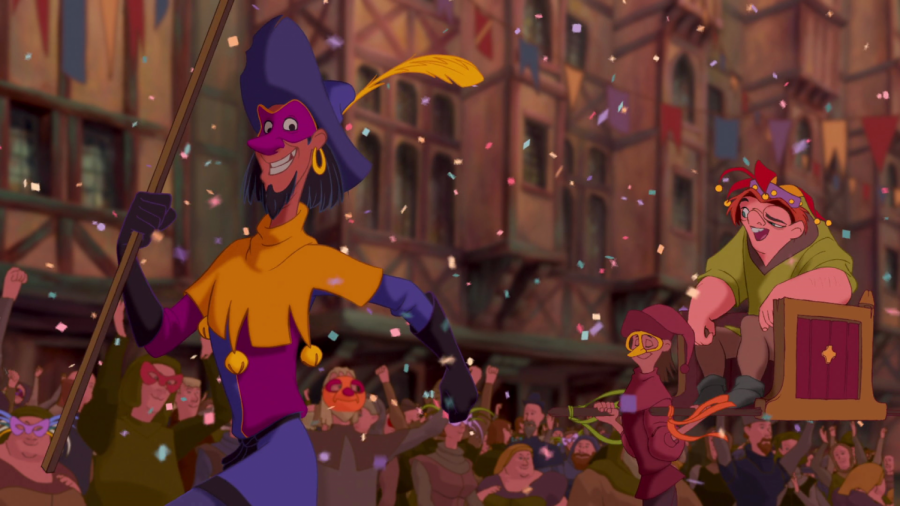The first Fool: a history of April Fools’ Day
Crown yourself the King of Fools!
Some people believe that Geoffrey Chaucer’s The Canterbury Tales references April Fools’ Day, or All Fools’ Day, in the “Nun’s Priest’s Tale”, which mentions a day of silliness 32 days after the beginning of March. He wrote these stories between 1387 and 1400.
While this is possible, more historians believe that April Fools’ Day first started in 1582 when France switched from the Julian calendar to the Gregorian calendar. According to History.com, this was because that year, New Year’s Day changed from the end of March through April 1 to January 1, and not everybody was on board when it happened. People would prank those who did not realize that they were in the wrong and April Fools’ Day tricks were created.
By 1700, the English had been playing jokes on each other and modern traditions started to really develop. “The style of April Fools’ pranks have changed over the years. Sending unsuspecting parties on pointless errands was a particularly prized practical joke in the early history of the celebrations. Today… it is the children who appear to truly celebrate the day complete with its original sense of abandon. Otherwise, modern pranks tend to center around bogus telephone calls and media-driven foolery… The primary force behind April Fools’ Day joke and pranks is that they should not be harmful but able to be enjoyed by everyone… especially the person upon whom the joke is played,” according to https://www.novareinna.com/festive/allfool.html.










